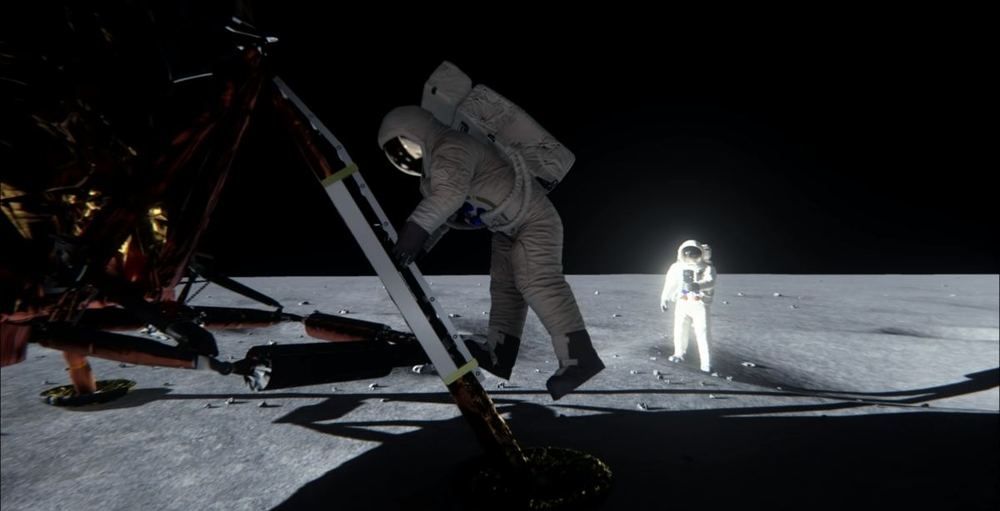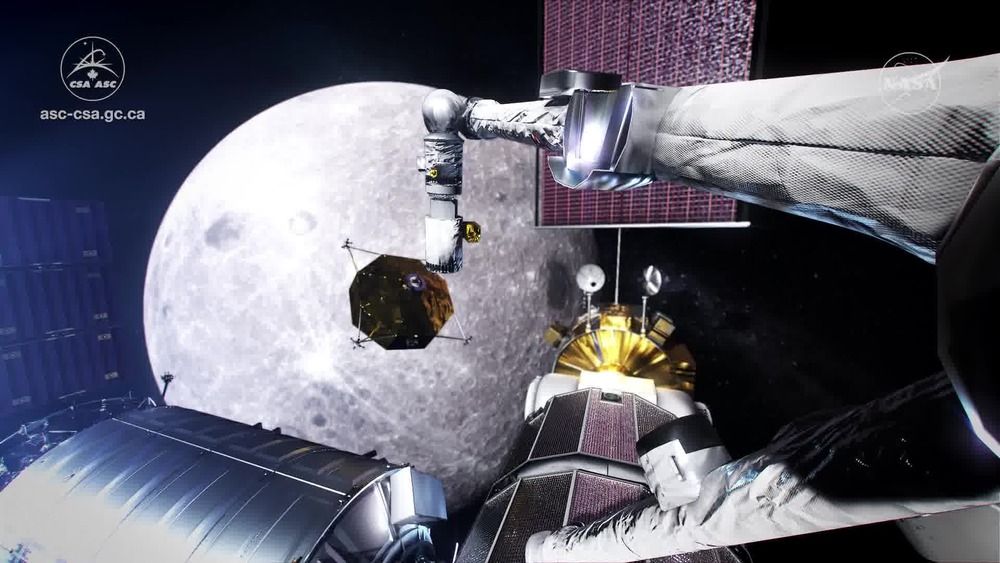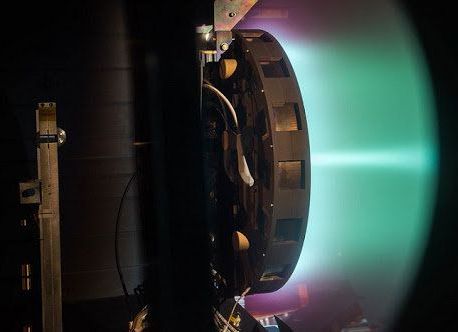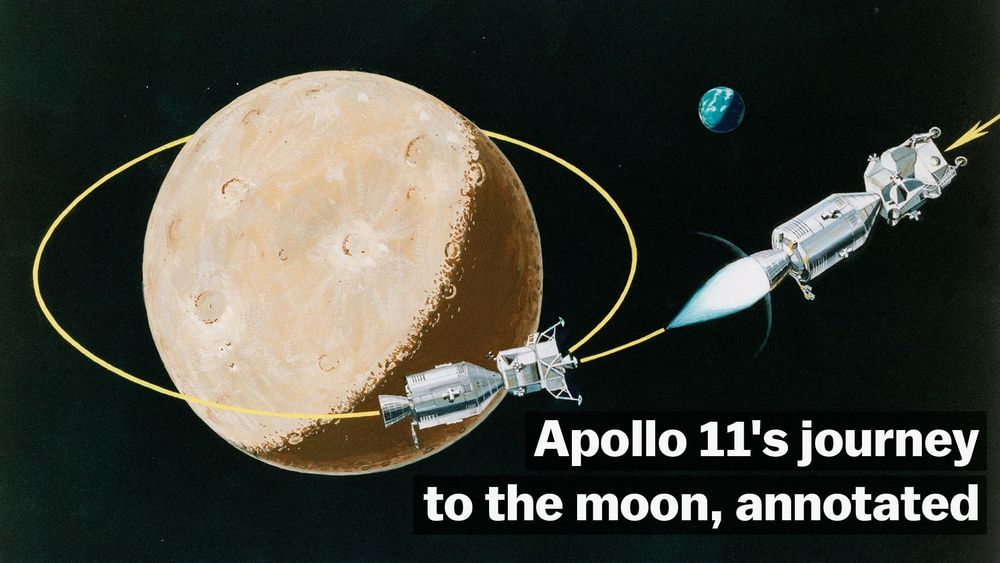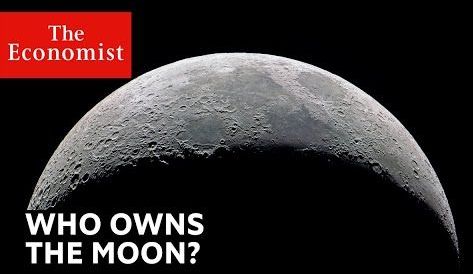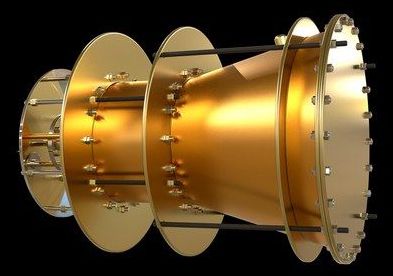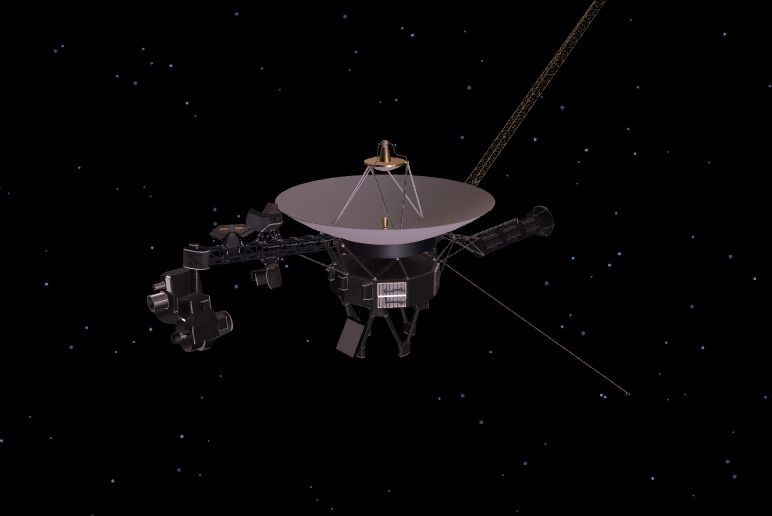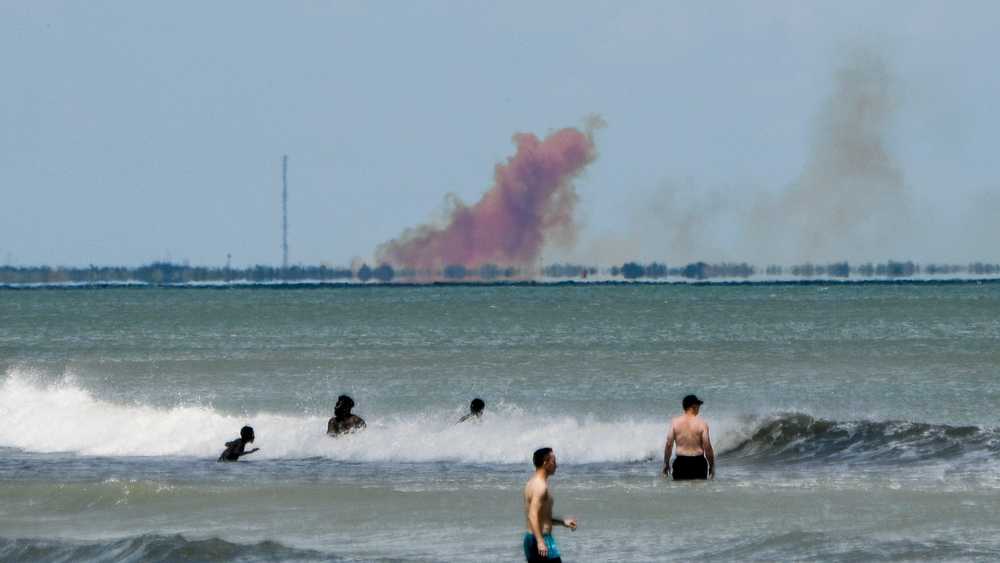Jul 23, 2019
India’s Chandrayaan-2 moon mission lifts off a week after aborted launch
Posted by Derick Lee in categories: policy, space travel
It will take more than six weeks to travel about 238,600 miles (384,000km) to the moon. The four-tonne spacecraft has a lunar orbiter, a lander named Vikram after the founder of Isro, and a rover. The rover, named Pragyan, which means “wisdom” in Sanskrit, will spend two weeks traversing the moon’s surface. The six-wheeled vehicle, which will be deployed in early September, will collect crucial information about the mineral and chemical composition of the lunar surface, and search for water.
It was, he added, a “fully indigenous” project, using Indian technology.
Chandrayaan-2 aims to become the first mission to conduct a surface landing on the lunar south pole region, where it will collect crucial information about the moon’s composition. It would be India’s first surface landing on the moon – a feat previously achieved by only Russia, the US and China.
Continue reading “India’s Chandrayaan-2 moon mission lifts off a week after aborted launch” »

